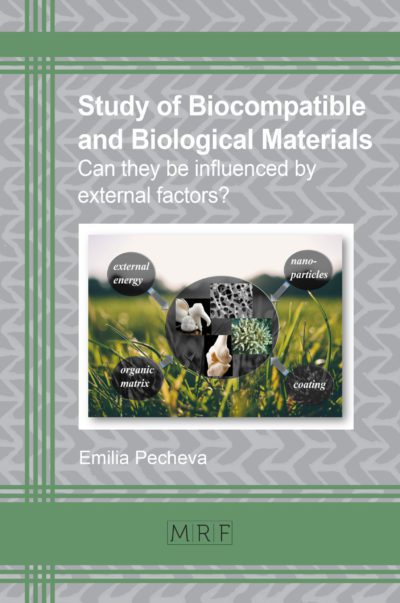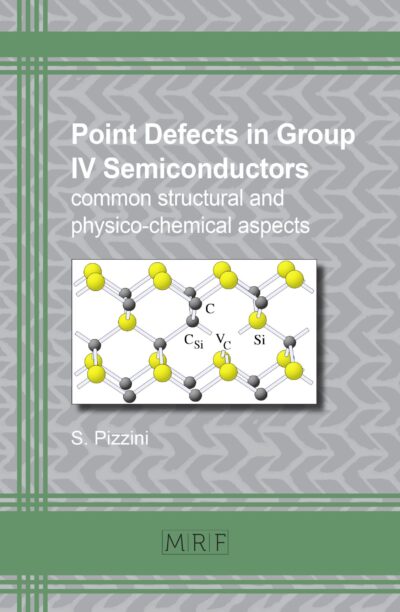Applications of Adsorption and Ion Exchange Chromatography in Waste Water Treatment
Eds. Inamuddin and Amir Al-Ahmed
Materials Research Foundations Volume 15
Publication Date 2017, 310 Pages
Print ISBN 978-1-945291-32-6 (release date June 2017)
ePDF ISBN 978-1-945291-33-3
DOI: 10.21741/9781945291319
The ion-exchange process is a natural phenomenon and mankind has been using this technique since the early days of civilisation. With the progress of technologies and concepts, we got a better understanding of this technique and increased its application horizon. Like in other research areas, nanotechnology has also penetrated heavily into this field, and has helped develop smart materials with better properties for application in adsorption and ion-exchange chromatography. A large amount of research was carried out in this field in the last few decades, showing the importance of these materials and technologies.
Water treatment is receiving great attention worldwide, due to the increasing demand of drinking water and hence the need to recycle polluted water sources. Keeping this importance in mind, this book “Applications of Adsorption and Ion Exchange Chromatography in Waste Water Treatment” has been edited with contributions from well know experts in the field, who have been working on different ion-exchange materials and technologies for many years.
Keywords
Waste Water Treatment, Ion Exchange, Low-Cost Adsorbents, Nitrogen Removal, Protein Adsorption, Desalination Processes, P-Chlorophenol Adsorption, Phosphates Removal, Greenhouse Gas Adsorption, Arsenic Removal, Food Processing
Table of Contents
Preface
Chapter 1 Remediation of dyes from industrial wastewater using low-cost adsorbents 1
Chapter 2 Ion-exchange kinetics of alkaline metals on the surface of carboxymethyl cellulose Sn(IV) phosphate composite cation exchanger 34
Chapter 3 Removal of nitrogen containing compounds by adsorption: a review 44
Chapter 4 Adsorption of proteins onto non-soluble polysaccharides matrixes: a friendly strategy to isolate enzymes with potential application for downstream processes 84
Chapter 5 Studies on different desalination processes turning sea water into drinking fresh water 107
Chapter 6 Adsorption of p-chlorophenol on microporous carbon by microwave activation: isotherms, kinetics and thermodynamics studies 155
Chapter 7 Removal of phosphates and sulphates in a multi-ion system with nitrates 171
Chapter 8 Application of adsorption techniques for sour and greenhouse gas treatment 193
Chapter 9 Removal of arsenic from water through adsorption onto metal oxide-coated material 227
Chapter 10 Adsorption and ion exchange: basic principles and their application in food processing 277
Keywords 299
About the editors 301
ProtoView by Ringgold Clean Data
Chemists describe how ion exchange chromatography is being used to treat waste water and its other applications. Among their topics are the ion-exchange kinetics of alkaline metals on the surface of carboxymethyl cellulose Sn(IV) phosphate composite cation exchanger, the adsorption of proteins onto non-soluble polysaccharide matrices: a friendly strategy to isolate enzymes with potential application for downstream processes, different desalinization processes for turning sea water into fresh drinking water, removing phosphates and sulphates in a multi-ion system with nitrates, and adsorption and ion exchange: basic principles and their application in food processing. Annotation ©2017 Ringgold Inc. Portland, OR (protoview.com)
Ringgold Keywords
Ion exchange chromatography, Adsorption, Waste water treatment, Desalinizing for drinking water, Food processing
















